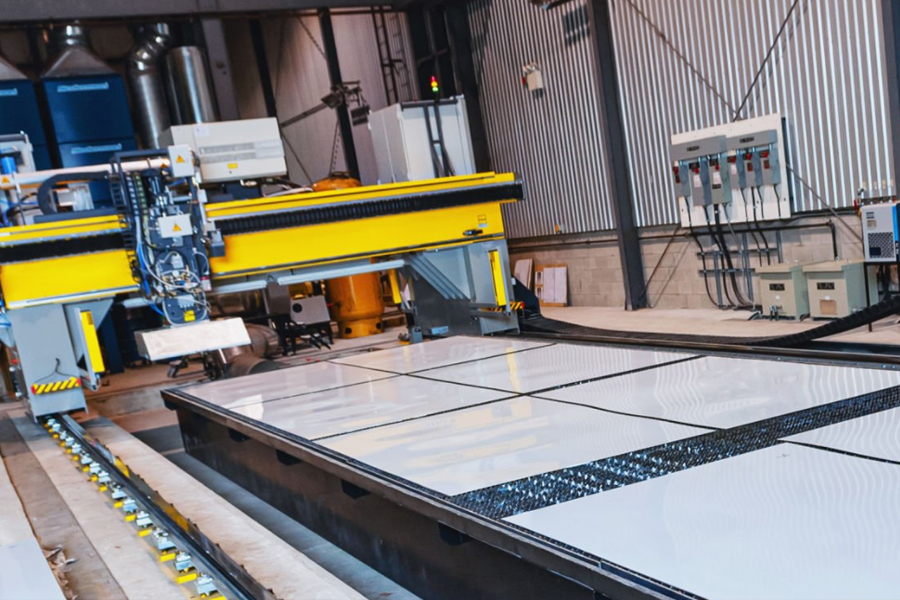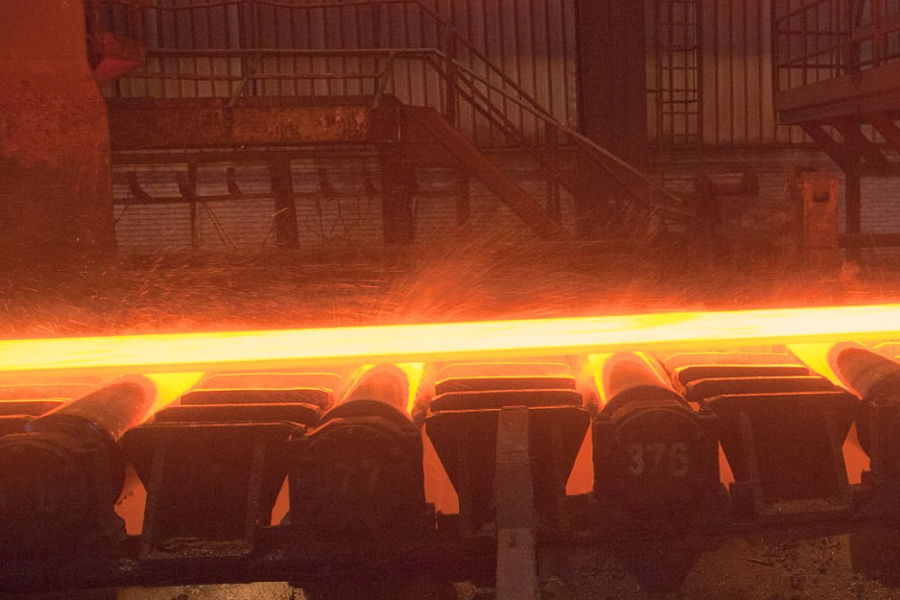
Sheet metal processing: Comparison of the suitability of cold and hot shaping
Release time:2025-02-06 Click:86In the field of sheet metal processing, the shaping process is the key link to ensure product accuracy and quality, and cold shaping and hot shaping are two important means. They have their own advantages and are suitable for different scenarios.
Let's look at cold shaping first. As the name suggests, it is to shape sheet metal parts at room temperature. In some sheet metal processing with high requirements for material performance and relatively small deformation, cold shaping has obvious advantages. For example, in the manufacture of shells for precision instruments, such products often have strict dimensional accuracy requirements. Cold shaping can accurately adjust the deformation of sheet metal parts such as slight bending and twisting. It relies on external force, such as special mold stamping or mechanical straightening, to make the sheet metal material plastically deformed to achieve the purpose of shaping. Since there is no heating involved, the organizational structure of the material will not change due to heat, and it can basically maintain the original strength, hardness and toughness, which is crucial for subsequent performance. However, cold shaping also has limitations. When faced with a large deformation, the required external force increases sharply, which is easy to cause surface damage to sheet metal parts, and even cause cracks, increasing the scrap rate.

In contrast, hot shaping uses heating to make sheet metal parts relatively "soft" for easy shaping. Hot shaping is often seen in sheet metal processing in the aerospace field. Some large sheet metal parts, such as aircraft wings, may bend and deform significantly during processing. If cold shaping is used, it is almost impossible to achieve effective correction. During hot shaping, the sheet metal parts are heated to a specific temperature range, the yield strength of the material is reduced, and the plasticity is greatly improved. With the help of simple tools, workers can easily push and twist the sheet metal parts to restore or reach the ideal shape. Moreover, the residual stress inside the parts after hot shaping is small, which can effectively avoid deformation problems caused by stress release in subsequent use. However, hot shaping is not perfect. The heating process needs to strictly control parameters such as temperature and time, otherwise it will cause coarse grains of the material and affect the material performance. At the same time, the cost of hot shaping equipment is relatively high and the energy consumption is also high.

In actual sheet metal processing, how to choose between cold shaping and hot shaping? For small, thin-walled sheet metal parts with high precision requirements and slight deformation, cold shaping is the first choice; while for large, thick-walled sheet metal parts with serious deformation, hot shaping is more competent. Sheet metal shaping technicians need to comprehensively consider factors such as product design requirements, material properties, and production batches.
Taking automobile manufacturing as an example, body panels are mostly cold-shaped to ensure appearance flatness and assembly accuracy; and some load-bearing structural parts of the chassis, if there is a large deformation during processing, hot shaping can play a key role to ensure structural strength and reliability. Whether it is cold shaping or hot shaping, they are the crystallization of the wisdom of sheet metal processing technology. Only by using them reasonably can we create high-quality sheet metal products, meet the needs of all walks of life, and promote the continuous development of the manufacturing industry.